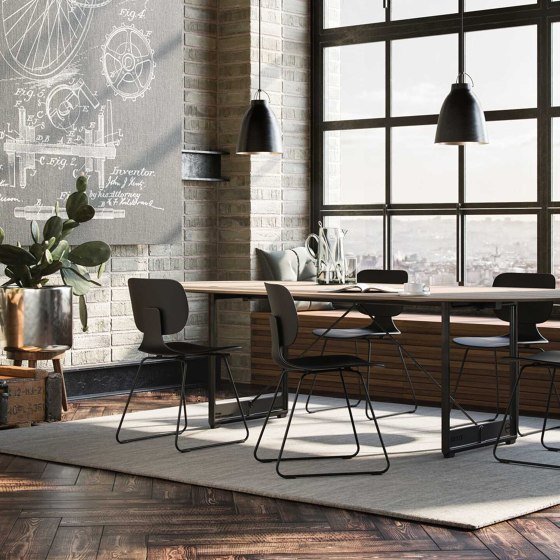Fotografiska unveils bold growth plans to double its outposts worldwide
The aptly-named Swedish photography museum Fotografiska has formally codified plans to double its footprint worldwide, which, when added together, will make Fotografiska the world’s largest private art museum.
Although the contemporary art institute first announced plans for a Berlin location designed by Herzog & de Meuron in September of last year, on November 26 two more satellite galleries were unveiled; Fotografiska Miami, slated for a site close to the Rubell Museum, and Fotografiska Shanghai. Similar to the museum’s last two expansions, Fotografiska New York (housed in the former Children’s Aid Society Mission House, a faux-gothic fortress in the Flatiron built in 1894) and Fotografiska Tallinn (realized in a converted 1890s factory), all three of the new additions will make their homes in existing historic structures.

“It is a real honor to call these remarkable landmarks the dwellings of Fotografiska, and we are humbled by the opportunity to reimagine such important buildings,” said Josh Wyatt, CEO of Fotografiska, in a press release. “We have been very intentional on our path toward global expansion, and have thoughtfully identified these cities for their flourishing cultural scenes, passion for photography, and forward-thinking attitudes on the future of immersive art experiences. We are thrilled to meet our new neighbors and guests.”
Fotografiska is touting that once the three new locations are complete, it will simultaneously have the most locations of any private art museum, host the most exhibitions per year, and be the largest private art museum in the world by square footage.
For Fotografiska Berlin, Herzog & de Meuron will renovate the 1908 Kunsthaus Tacheles, a landmarked former department-store-turned-gallery-space in the city’s Jewish Quarter. The 58,000-square-foot, six-story shopping complex will hold three floors of exhibition space along with a bistro, bakery, and museum shop. Herzog & de Meuron have also planned a pyramid-shaped rooftop addition to bolster the building’s impact on Berlin’s skyline. Local firm Studio Aisslinger will be handling the project’s interiors, and Fotografiska expects the museum to open sometime in “quarter three” of 2022.

At Fotografiska Miami, the proposed second U.S. location, Rockwell Group will repurpose a warehouse from 1946 that sits next to the Rubell Museum in the Allapattah neighborhood. The designers were given carte blanche to transform the blank, single-story industrial space and Rockwell Group responded by ribbing the facade in timber fins that will direct guests to the main entrance. Inside the lengthy, 46,000-square-foot museum, programming will revolve around a central courtyard complete with reflecting pools and a bar and cafe intended as an “urban oasis” where guests can mingle. Four galleries, a shop, rooftop garden, restaurant, and an event space are all also planned. Fotografiska expects its Miami location to open in mid-2023.

Finally, in Shanghai, local firm Neri&Hu will tastefully restore a historic waterfront warehouse. Built in 1931 as part of a series of four, the building housing Fotografiska Shanghai will retain its brick facade while a new addition will bring the floor count to four. Across the 50,000-square-foot building, Neri&Hu will realize two floors of exhibition space, a restaurant, museum store, an event space, and a rooftop lounge and bar—if you haven’t noticed by now, the programming across all of Fotografiska’s locations is intentionally similar. Fotografiska Shanghai is also expected to open in “quarter three” of 2022.
Curatorial teams and plans will be revealed to the public in the coming months. As Fotografiska is not a collecting institution, its holdings, and hence what’s on display, are given to change as shows rotate.



